The day job of vacuum fluorescent displays is to be character displays. Until OLEDs became price competitive, VFDs had the unique ability of being bright enough to be read in full sunlight. I'm trying to educate myself about the practicality of using VFDs for a couple of side gigs, like signal amplification, signal mixing and as voltage-controlled resistors. There are several documented uses of VFDs for amplification, but I have unanswered question. What is the operating point? What gain do you get? Isn't the distortion unpleasant with a positive grid bias? How do you deal with the high output impedance? This project is where I will tinker to find answers, and hopefully be disciplined enough to post some useful details and quantitative results.
Spoiler alert: I think I'm already gravitating toward a conventional triode operating point with negative grid bias. This will inevitably require a relatively high anode voltage. But as ancient oriental wisdom teaches us: "If it doesn't spark joy in your life, you have to crank up the voltage".
The VFD on my KitchenAid gas range doing its day job:
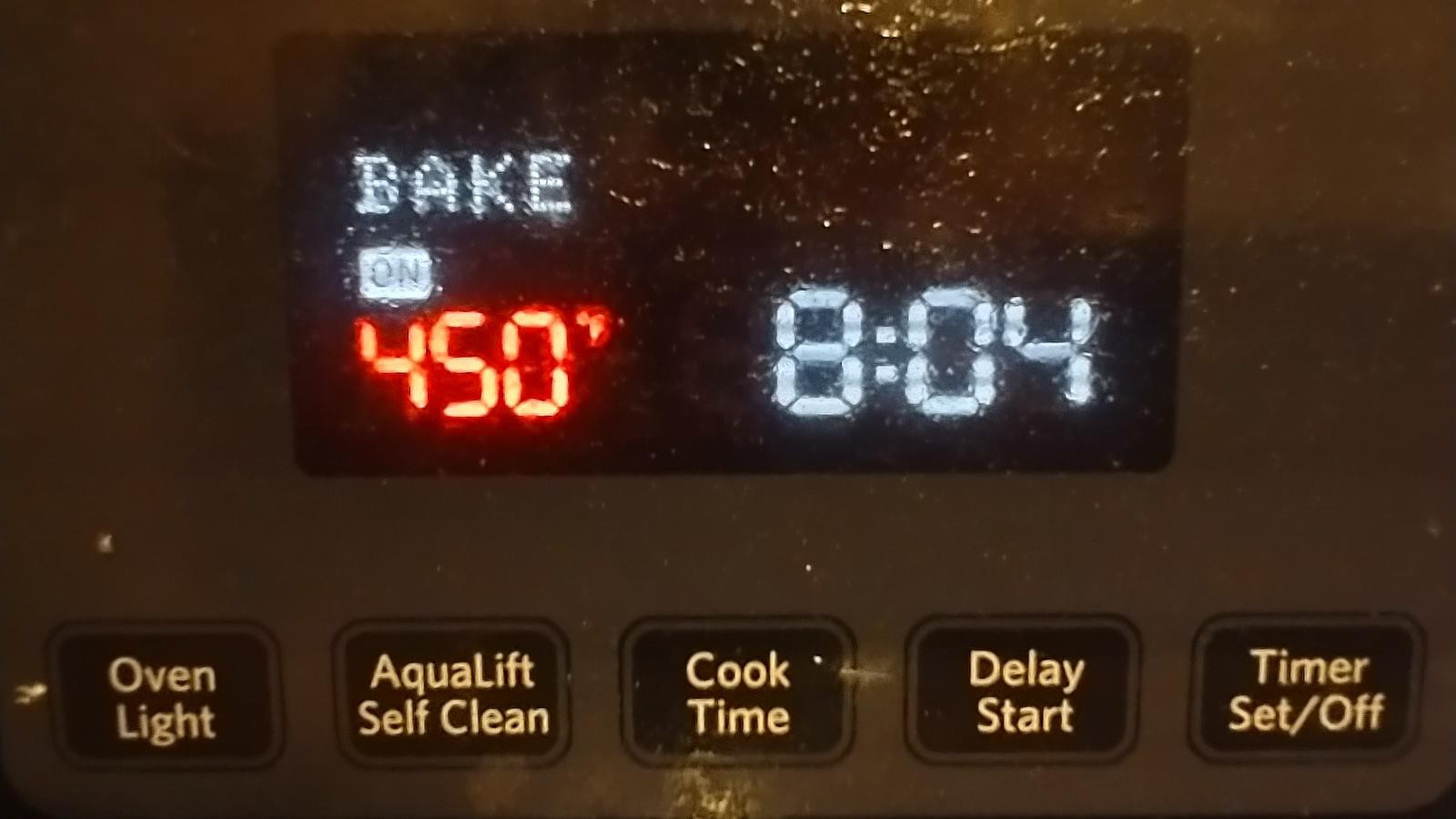
It appreciates the steady pay check and the health insurance, but daydreams of being a guitar preamp and hooking up with a power beam tetrode...

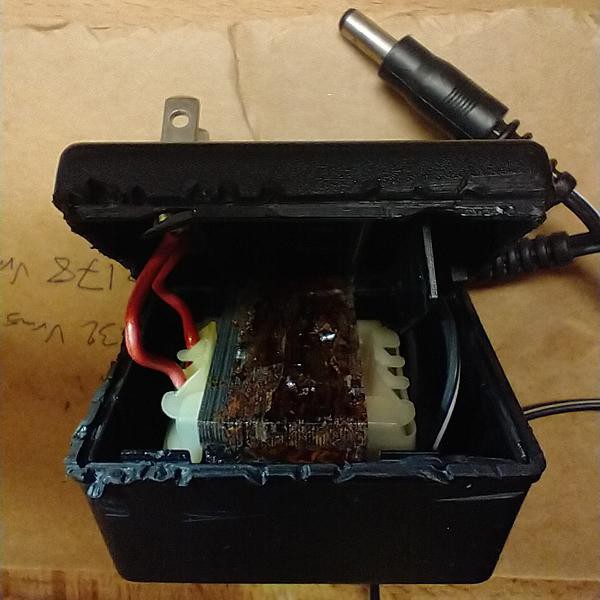
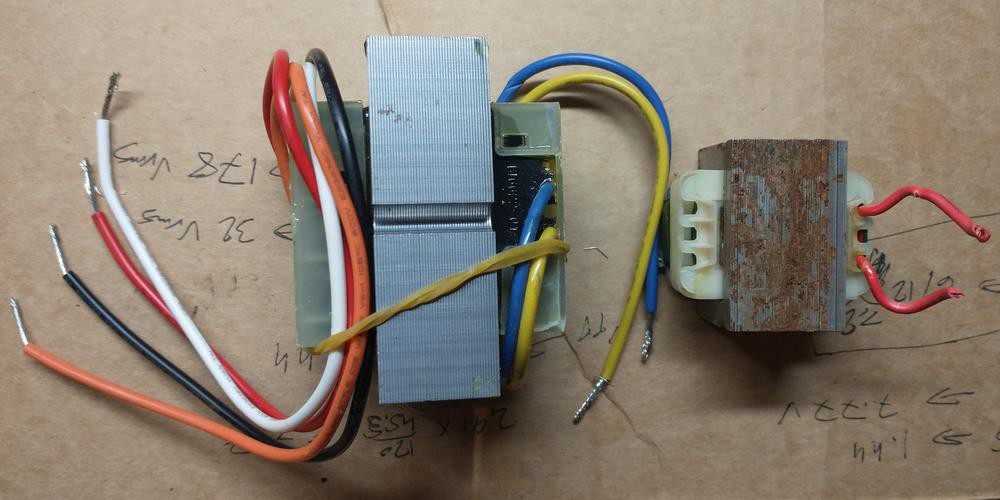
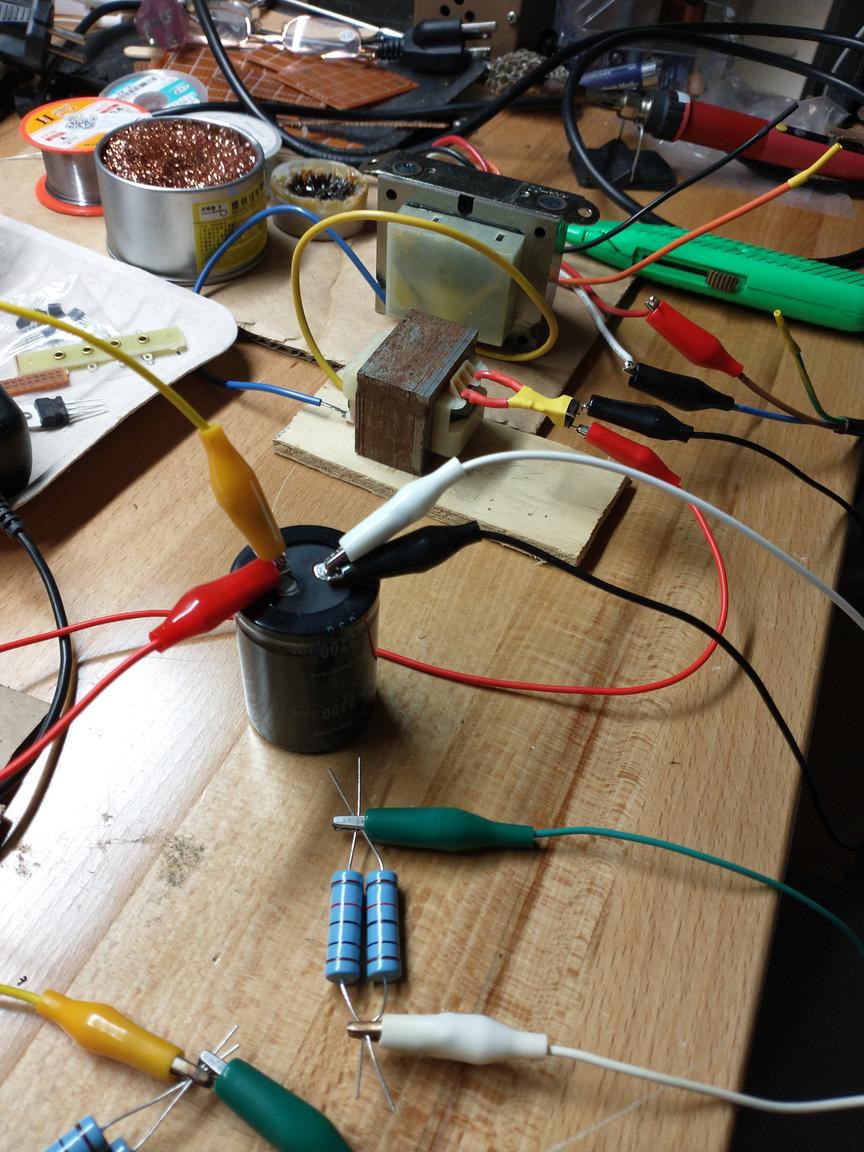
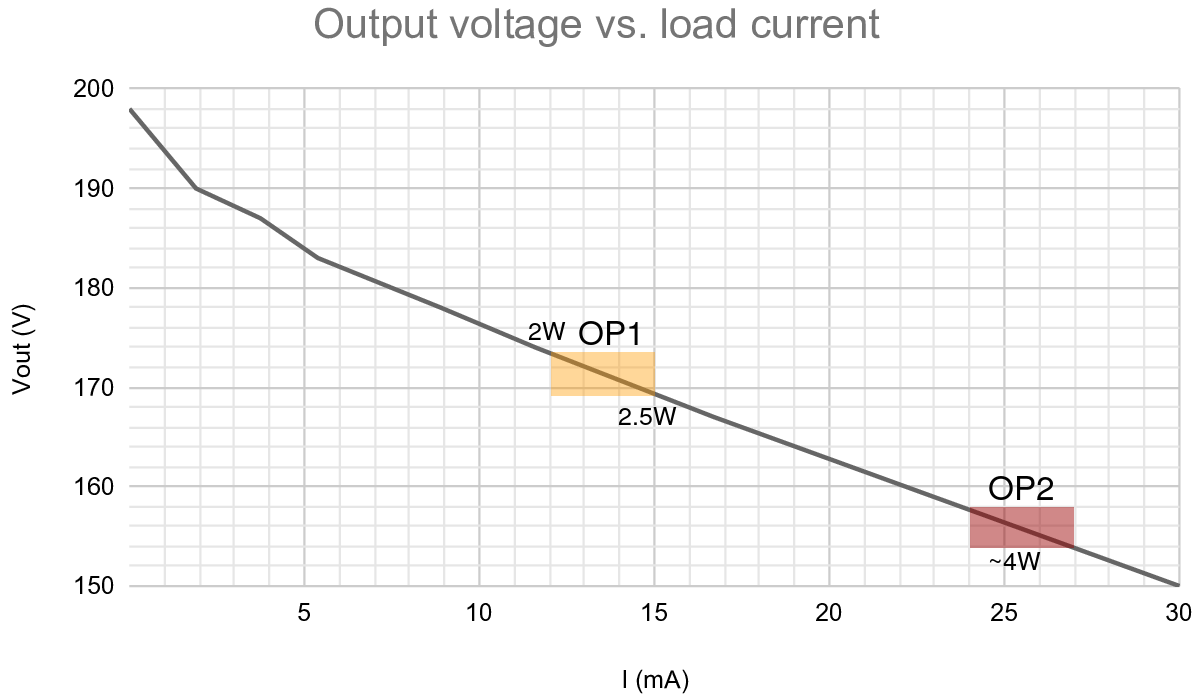
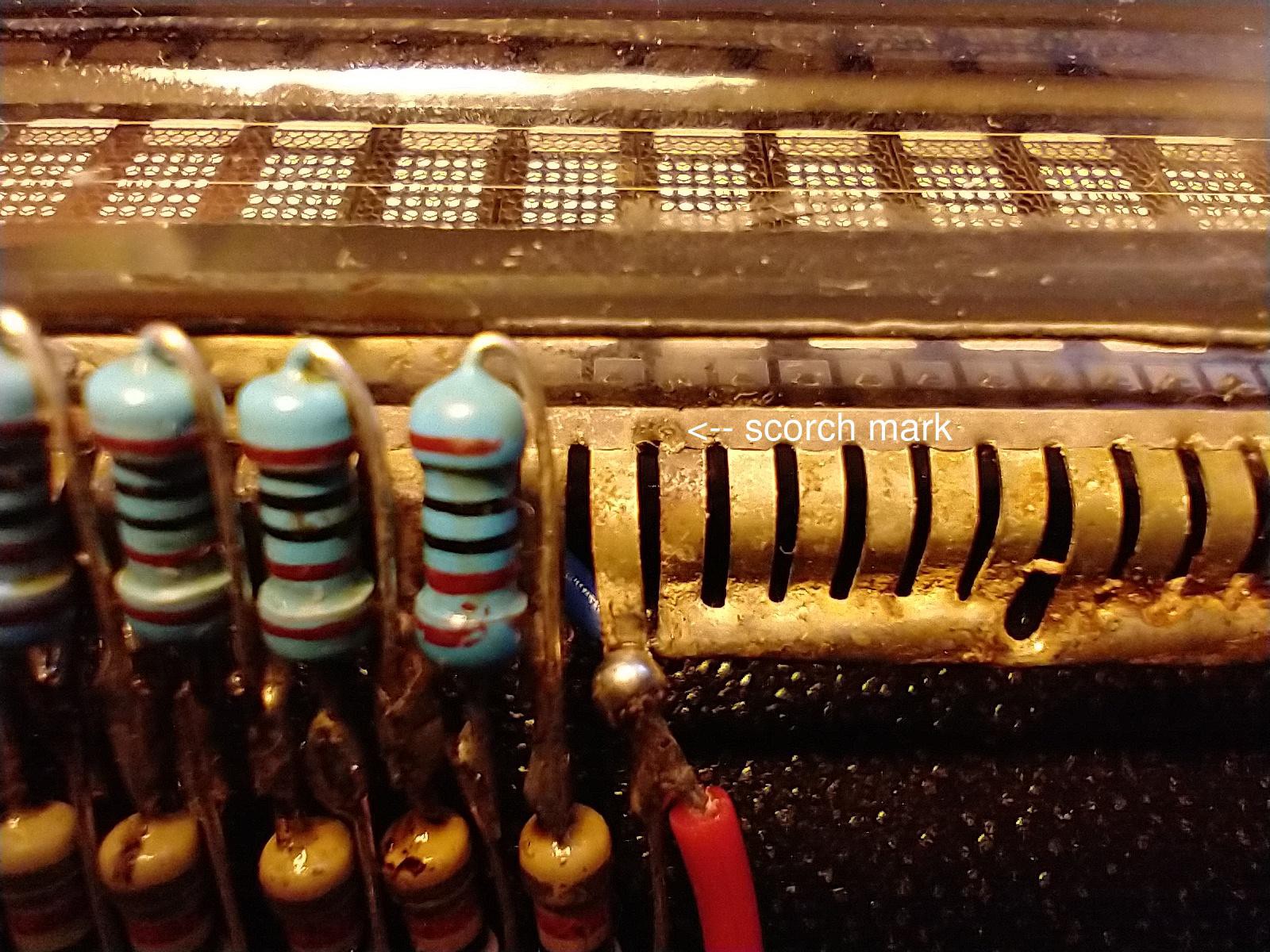
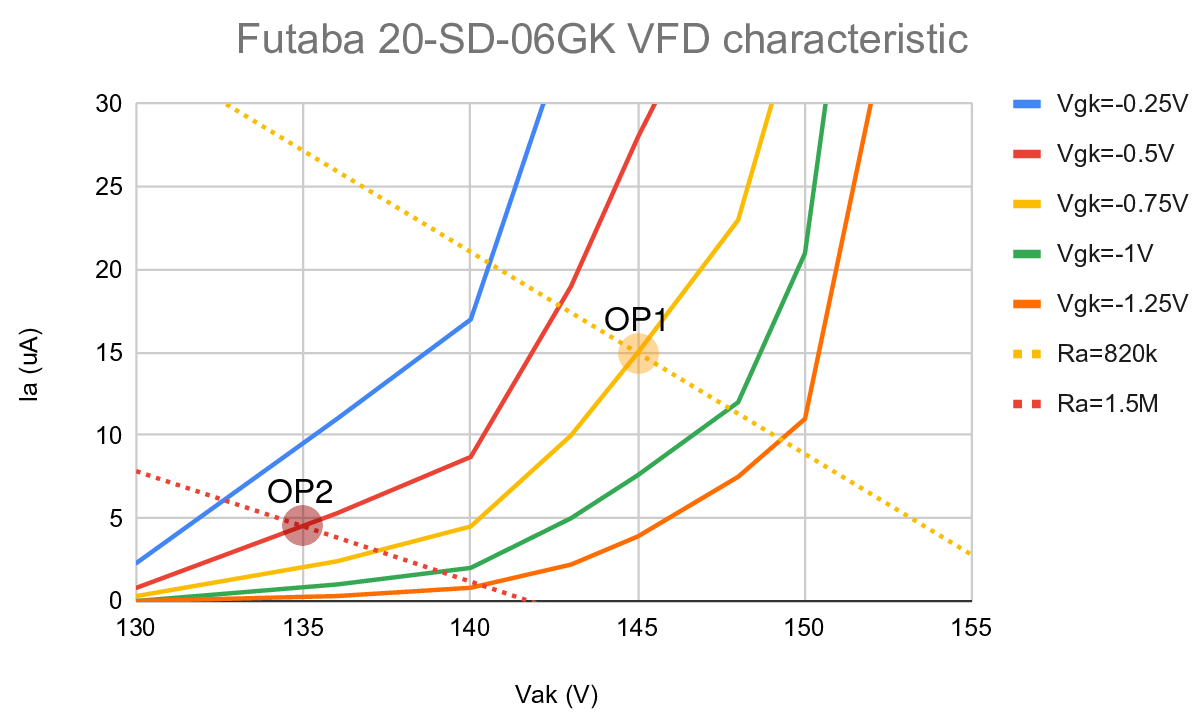
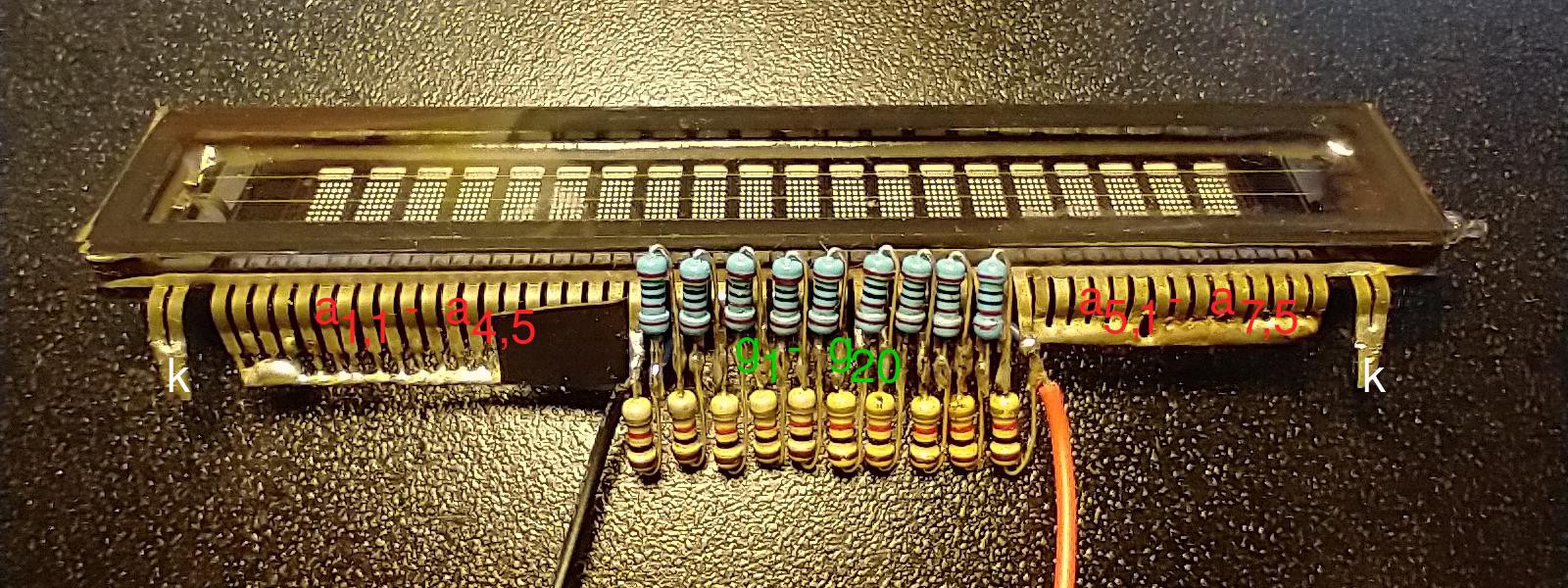

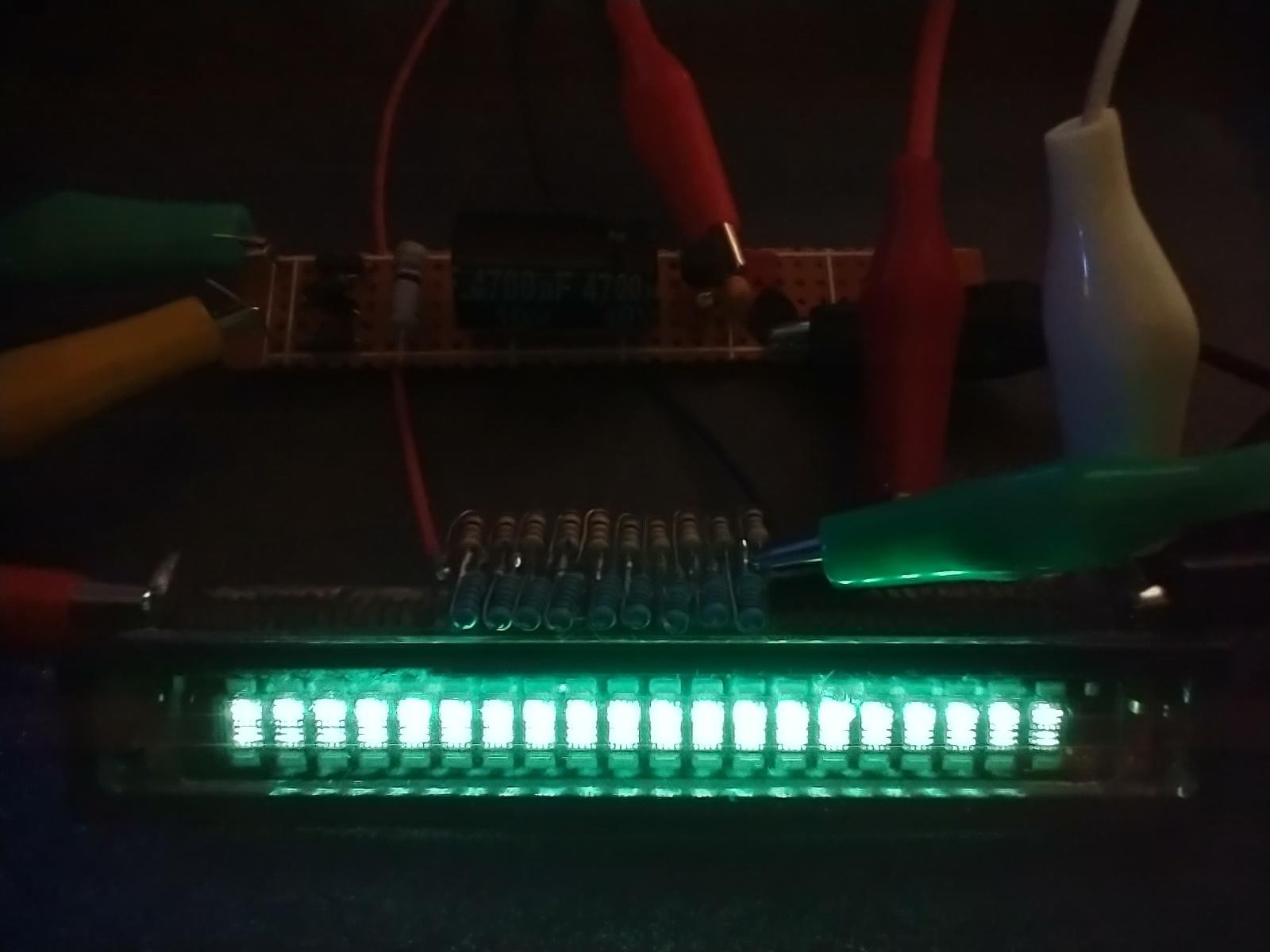




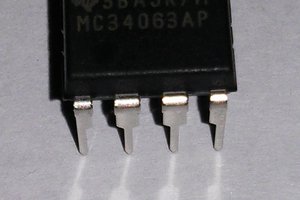
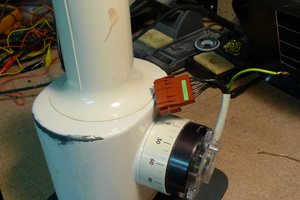
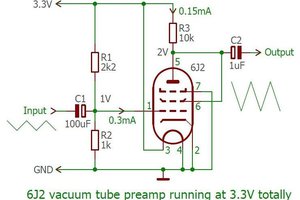
 Albert van Dalen
Albert van Dalen
 Tijl Schepens
Tijl Schepens
I guess you've read a similar effort by @kodera2t in #Amplifier project by Nutube, a new vacuum tube! ? I encourage your efforts, VFD displays have a certain visual appeal and it might be possible to scrounge samples to work on from junked microwaves, car players, etc. Imagine, it could be dual use: display the track to be played, then use the tube for amplification. 😉🤞🏽